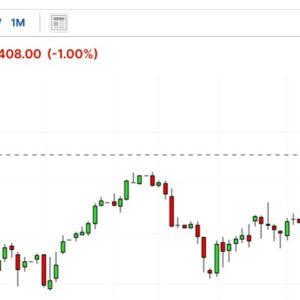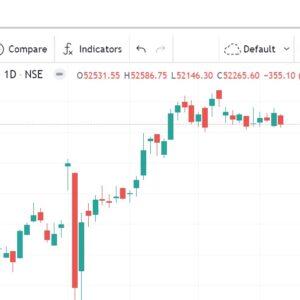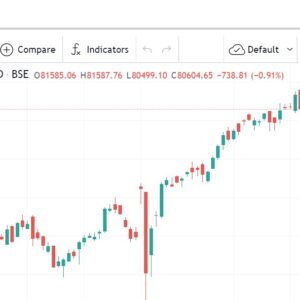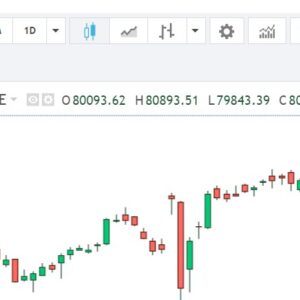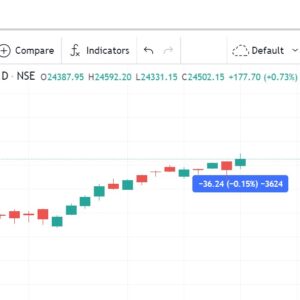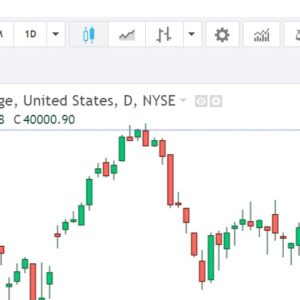
Introduction
Have you ever wondered why Omega 3 supplements are all the rage these days? Omega 3 fatty acids have gained immense popularity due to their myriad health benefits. As we dive into the Omega 3 market, you’ll discover how this segment is set to skyrocket, reaching an impressive USD 4.19 billion by 2030 with a compound annual growth rate (CAGR) of 8.5%. Let’s explore what’s driving this growth and what the future holds.
Market Overview
The Omega 3 market has been on a steady rise, and it’s not showing signs of slowing down. As of now, the market stands robust, thanks to increasing health awareness and the demand for dietary supplements. Projections indicate that by 2030, the market will surpass USD 4.19 billion, reflecting a healthy CAGR of 8.5%.
What Are Omega 3 Fatty Acids?
So, what exactly are Omega 3 fatty acids? These are essential fats that our bodies can’t produce on their own. There are three main types: EPA (eicosapentaenoic acid), DHA (docosahexaenoic acid), and ALA (alpha-linolenic acid). They play crucial roles in brain function, heart health, and reducing inflammation.
Key Market Drivers
Several factors are fueling the growth of the Omega 3 market. Firstly, there’s a growing awareness about health and wellness, with more people turning to dietary supplements to fill nutritional gaps. The pharmaceutical sector is also harnessing the benefits of Omega 3 for various treatments, further propelling market growth.
Market Segmentation
The Omega 3 market is segmented based on type, source, and application:
By Type
- EPA: Known for its anti-inflammatory properties.
- DHA: Essential for brain health.
- ALA: Found in plant oils, it’s a precursor to EPA and DHA.
By Source
- Marine: Fish oil is the most common source.
- Plant-Based: Flaxseed, chia seeds, and walnuts are key sources for vegetarians and vegans.
By Application
- Dietary Supplements: The largest segment due to widespread use.
- Pharmaceuticals: Used in treatments for heart and inflammatory diseases.
- Food and Beverages: Fortified foods are becoming increasingly popular.
- Animal Feed: Enhancing the nutritional value of animal products.
Geographical Insights
The Omega 3 market varies significantly across different regions:
North America
Dominates the market with high health awareness and substantial demand for dietary supplements.
Europe
Follows closely, driven by stringent health regulations and an aging population seeking health benefits.
Asia-Pacific
The fastest-growing market, thanks to increasing disposable incomes and rising health consciousness.
Rest of the World
Emerging markets with potential for significant growth as awareness spreads.
Trends in the Omega 3 Market
Several trends are shaping the Omega 3 market. There’s a noticeable shift towards plant-based sources as more consumers adopt vegetarian and vegan lifestyles. Innovation in product formulations, such as combining Omega 3 with other nutrients, is also gaining traction. Additionally, the use of Omega 3 in fortified foods is expanding, offering consumers more ways to incorporate these essential fats into their diets.
Challenges and Restraints
Despite the positive outlook, the Omega 3 market faces some challenges. High production costs can limit affordability and accessibility. Supply chain issues, especially with marine sources, pose risks. Moreover, regulatory hurdles can slow down market entry and expansion for new products.
Competitive Landscape
The Omega 3 market is competitive, with several key players striving for market share. Companies like DSM, BASF, and Croda International are leading the charge with strategic initiatives such as mergers, acquisitions, and product innovations. Market share analysis shows a dynamic landscape with room for new entrants offering innovative solutions.
Technological Advancements
Advances in extraction and processing techniques are revolutionizing the Omega 3 market. Improved methods enhance the purity and quality of Omega 3 products, making them more effective and appealing to consumers. Technology is also playing a role in reducing production costs and minimizing environmental impacts.
Consumer Behavior Analysis
Consumer behavior is evolving with a greater focus on health and wellness. Dietary habits are shifting towards more natural and organic products, influenced heavily by social media and health influencers. There’s also a growing preference for sustainable products, pushing companies to adopt eco-friendly practices.
Health Benefits of Omega 3
Omega 3 fatty acids offer numerous health benefits. They are known to support cardiovascular health by reducing triglyceride levels and lowering blood pressure. DHA, in particular, is vital for brain health, supporting cognitive function and development. Additionally, Omega 3’s anti-inflammatory properties help manage conditions like arthritis.
Regulatory Environment
The regulatory landscape for Omega 3 is complex, with stringent requirements for product approval and marketing. Compliance with these regulations is crucial for manufacturers to ensure product safety and efficacy. Key regulations vary by region but generally focus on purity, labeling, and health claims.
Future Outlook
Looking ahead, the Omega 3 market holds immense potential. Emerging markets present new opportunities for growth as awareness about Omega 3 benefits spreads. There is also significant scope for new product developments, particularly in the area of plant-based and fortified foods.
Conclusion
The Omega 3 market is poised for impressive growth, projected to surpass USD 4.19 billion by 2030 with a CAGR of 8.5%. This growth is driven by increasing health awareness, innovations in product formulations, and expanding applications in various industries. While challenges exist, the overall outlook remains positive, making Omega 3 a compelling segment for both consumers and investors.
